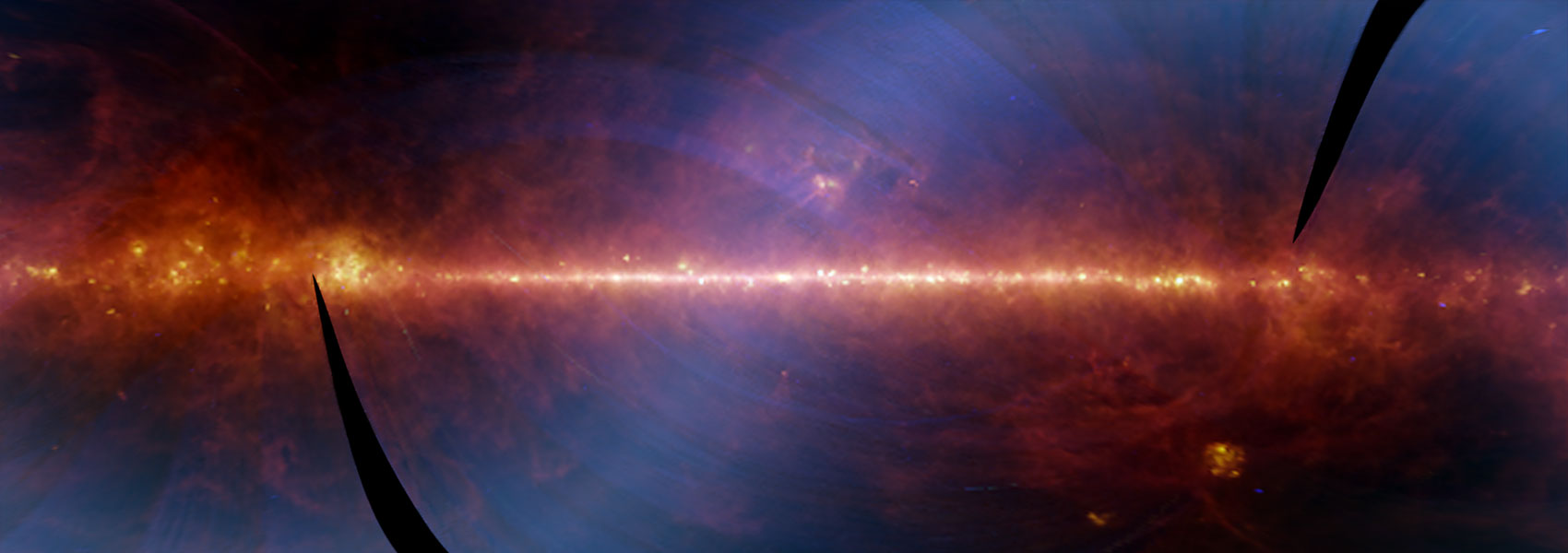May
2009
•
2009ApJ...696..785S
Authors
•
Shim, Hyunjin
•
Colbert, James
•
Teplitz, Harry
•
Henry, Alaina
•
Malkan, Mattew
•
McCarthy, Patrick
•
Yan, Lin
Abstract
•
We determine the global star formation rate (SFR) density at 0.7 < z < 1.9 using emission-line-selected galaxies identified in Hubble Space Telescope-Near Infrared Camera and Multi-Object Spectrograph (HST-NICMOS) grism spectroscopy observations. Observing in a pure parallel mode throughout HST Cycles 12 and 13, our survey covers ~104 arcmin2 from which we select 80 galaxies with likely redshifted Hα emission lines. In several cases, a somewhat weaker [O III] doublet emission is also detected. The Hα luminosity range of the emission-line galaxy sample is 4.4 × 1041 < L(Hα) < 1.5 × 1043 erg s-1. In this range, the luminosity function is well described by a Schechter function with phi* = (4.24 ± 3.55) × 10-3 Mpc-3, L* = (2.88 ± 1.58) × 1042 erg s-1, and α = -1.39 ± 0.43. We derive a volume-averaged SFR density of 0.138 ± 0.058 M sun yr-1 Mpc-3 at z = 1.4 without an extinction correction. Subdividing the redshift range, we find SFR densities of 0.088 ± 0.056 M sun yr-1 Mpc-3 at z = 1.1 and 0.265 ± 0.174 M sun yr-1 Mpc-3 at z = 1.6. The overall star formation rate density is consistent with previous studies using Hα when the same average extinction correction is applied, confirming that the cosmic peak of star formation occurs at z > 1.5.
Links




